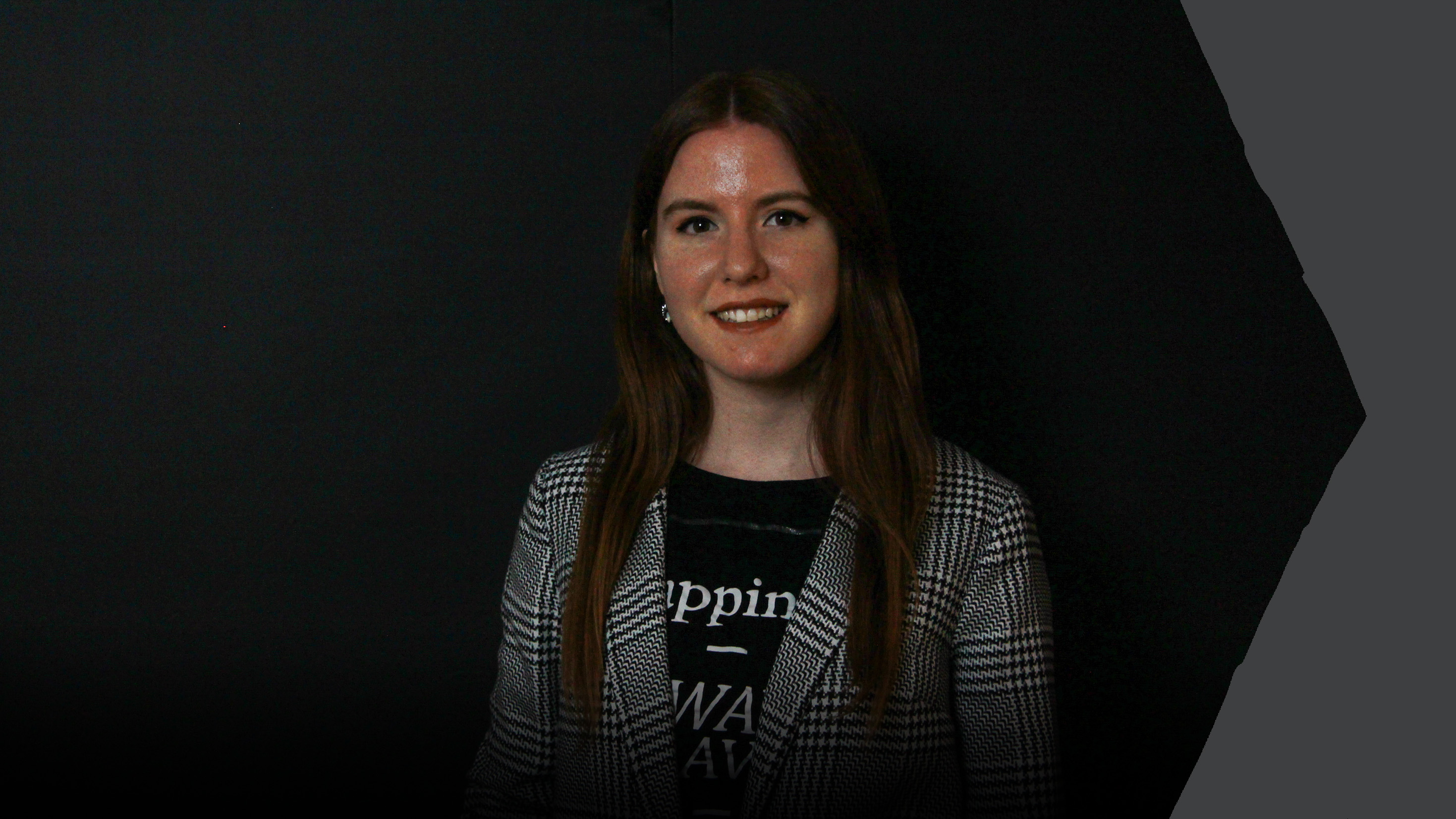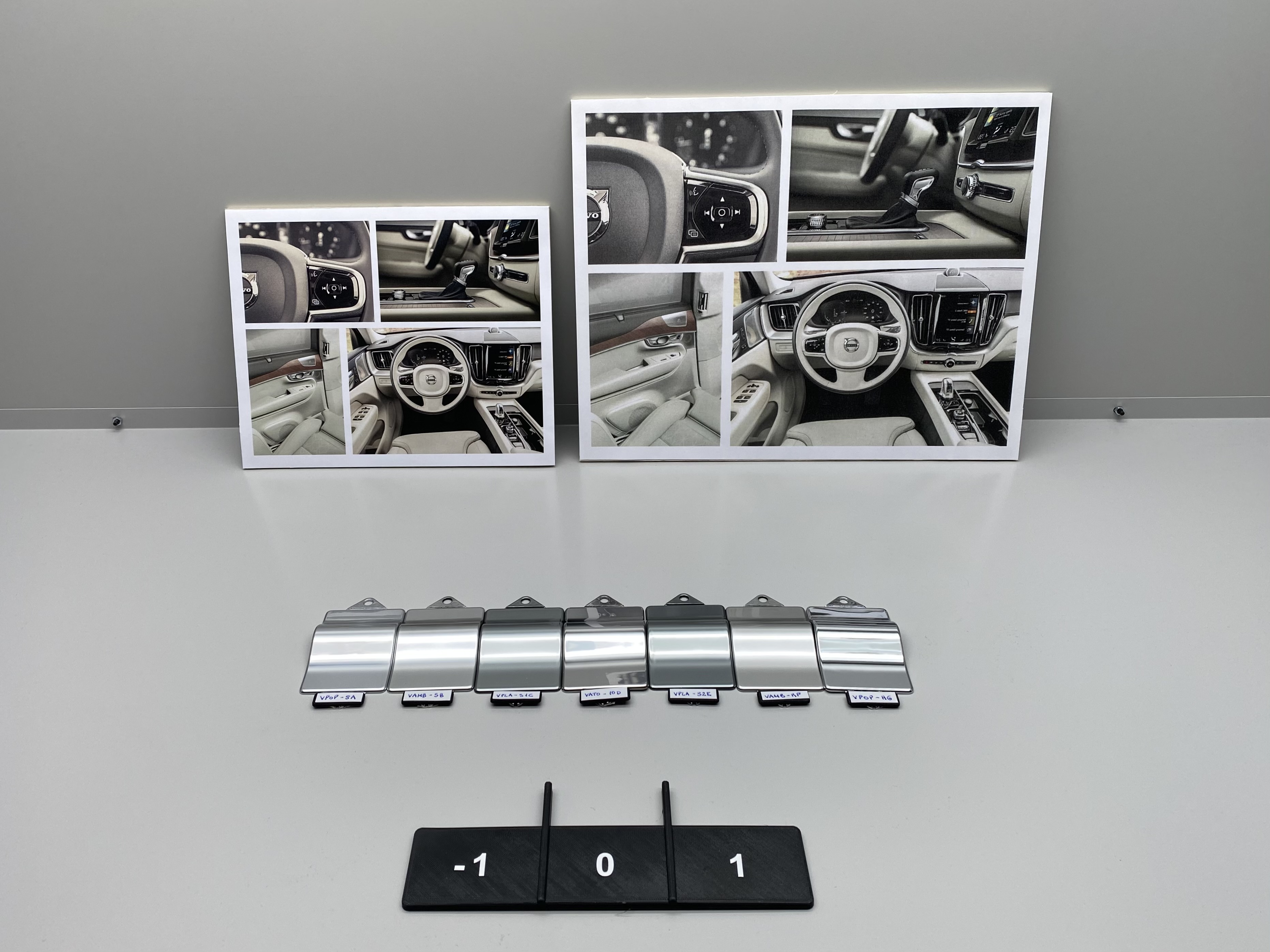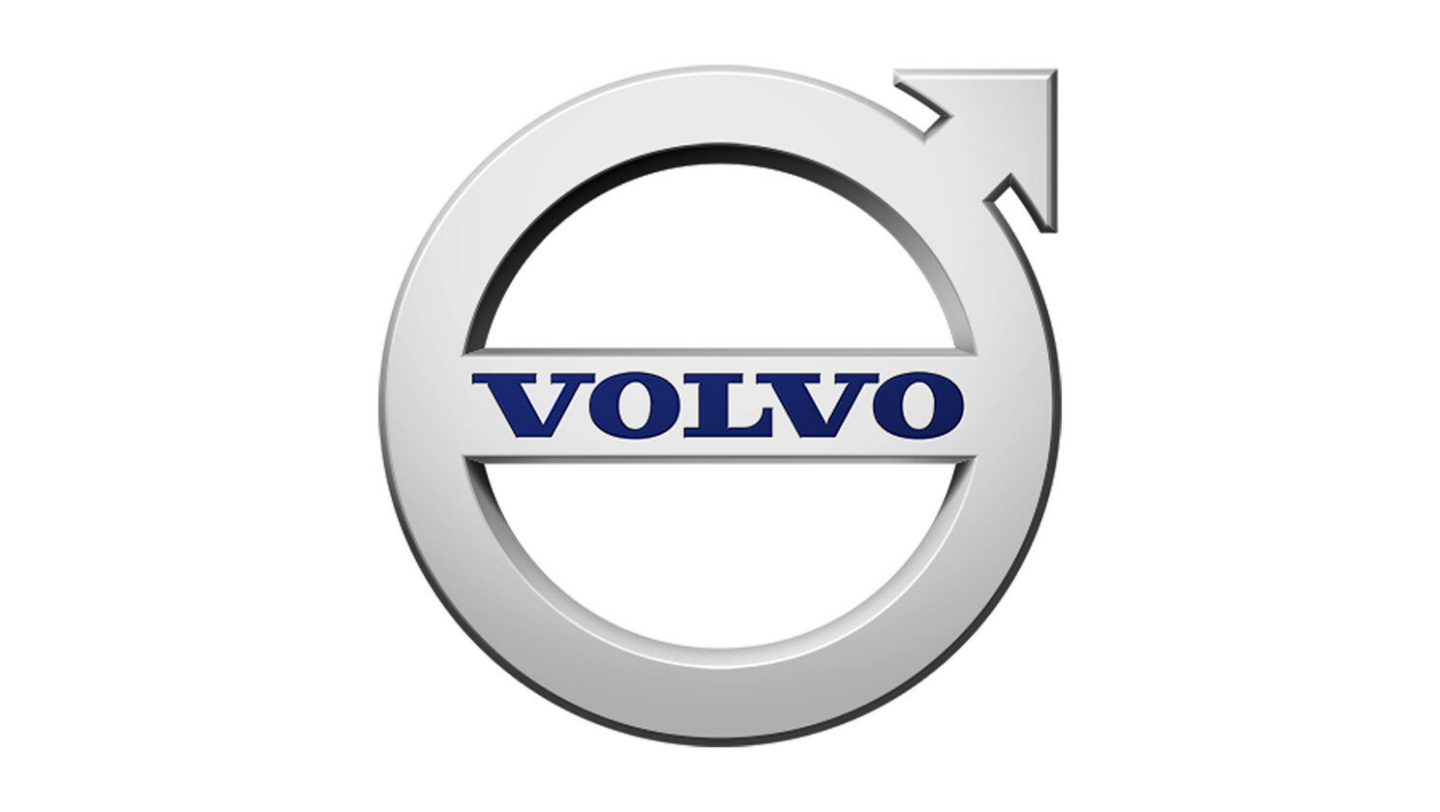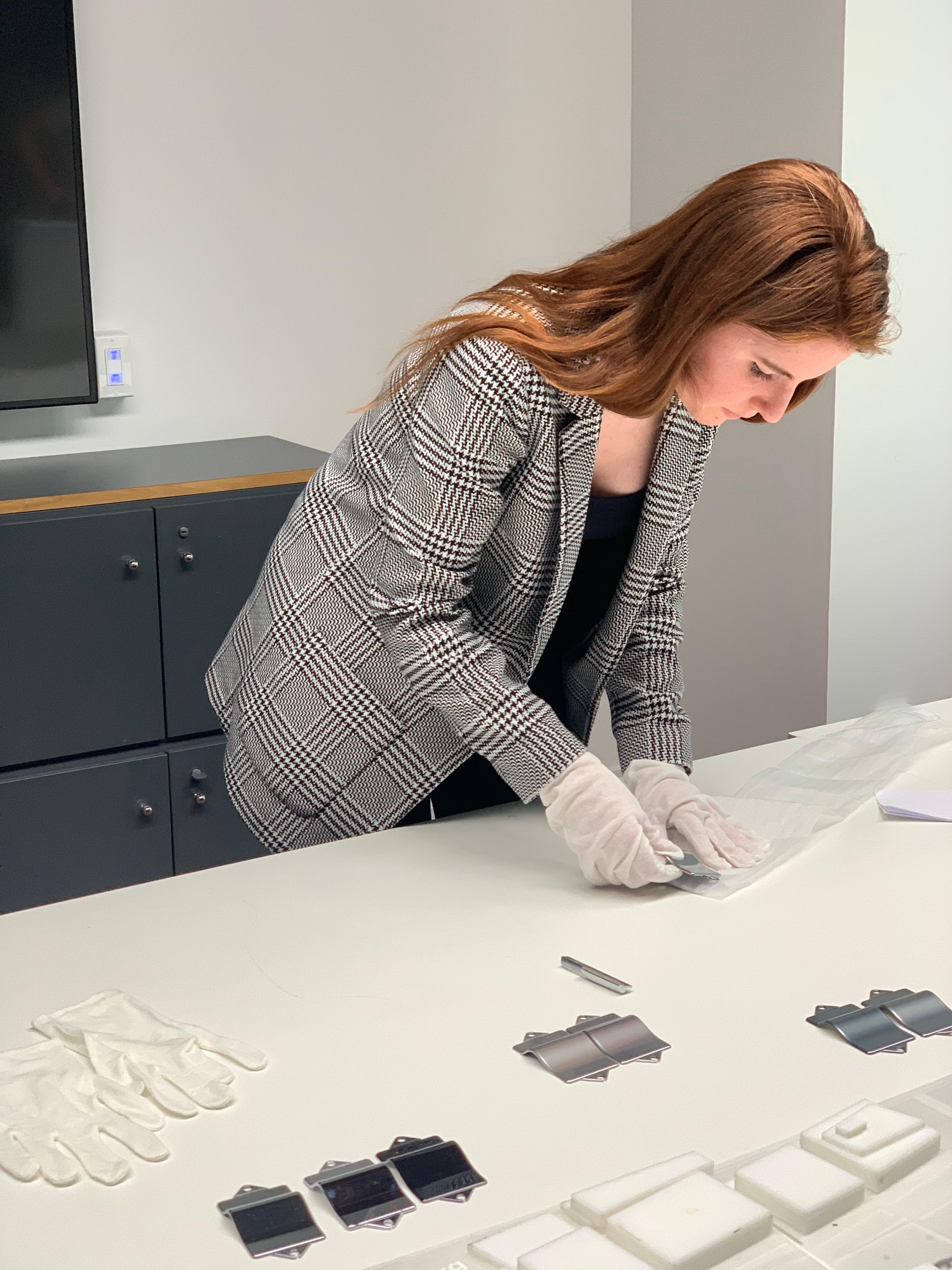Quality perception study in sustainable materials for Volvo Cars

Industrial Design
Irene Ramos Lapesa
LinkedIn Länk till annan webbplats, öppnas i nytt fönster.
Mail
Website Länk till annan webbplats, öppnas i nytt fönster.
The European Union has banned Chrome VI due to its toxicity. Finding a sustainable substitute is urgent and critical. This study uses soft metrology to ensure perceived quality and determine the most optimal sustainable alternative in terms of user experience.
The growing demand in the industry towards sustainability and the globalization of manufacturing lead
to an industrial climate of constant development and improvements, and automotive interior design is not excluded.
In 2017 the European Union declared that the material used to generate the bright chrome surfaces of car interiors (CR VI) is toxic and carcinogenic. This implies that Volvo will ban the use of Chrome VI for decorative parts from September 2024. Finding a sustainable alternative to replace CR VI not only functionally but also in terms of perceived quality and user experience will be an urgent and decisive action.
In this project, the parameters of gloss, haze, color temperature, and metallic depth are investigated in order to figure out which elements ensure the perceived quality of chrome surfaces. For this purpose, a user study based on different sensory tests and soft metrology was carried out with 47 people, as well as seven samples, being five of them sustainable alternatives.
This project aims to introduce a set of tools to measure the perception of quality by supporting the development of "chrome-look" surfaces in the automotive interior with new sustainable materials. Through this study, combined with hard metrology, it is observed what makes a surface perceived as “high-quality" and which of the sustainable alternatives could be the most optimal to replace Chrome VI in Volvo's car interiors.



